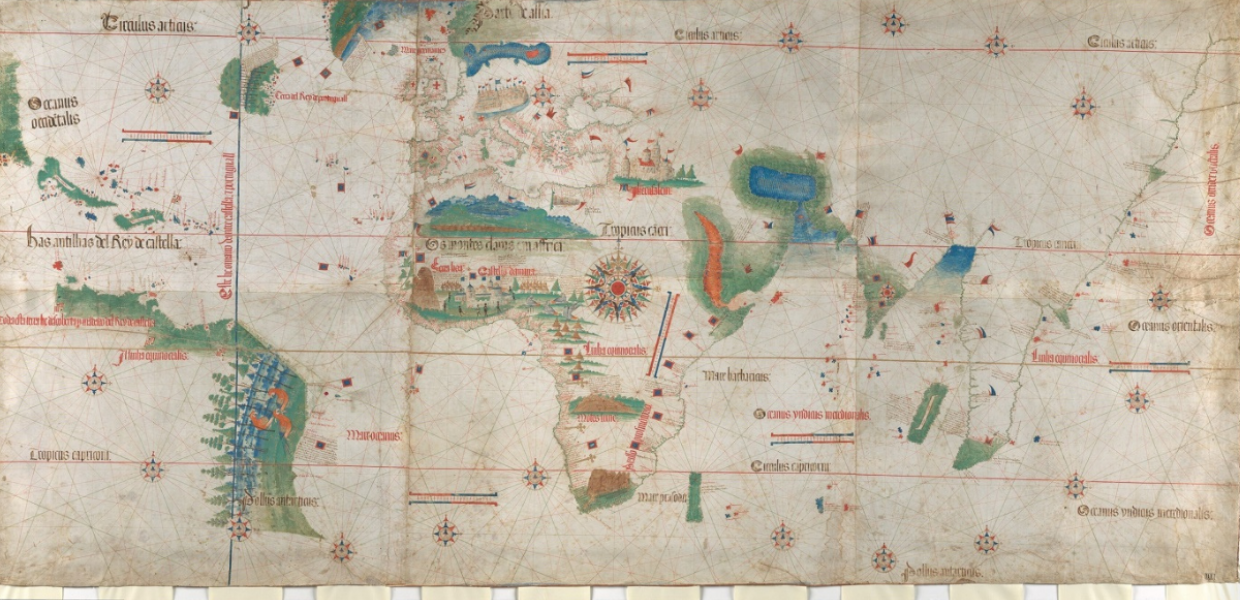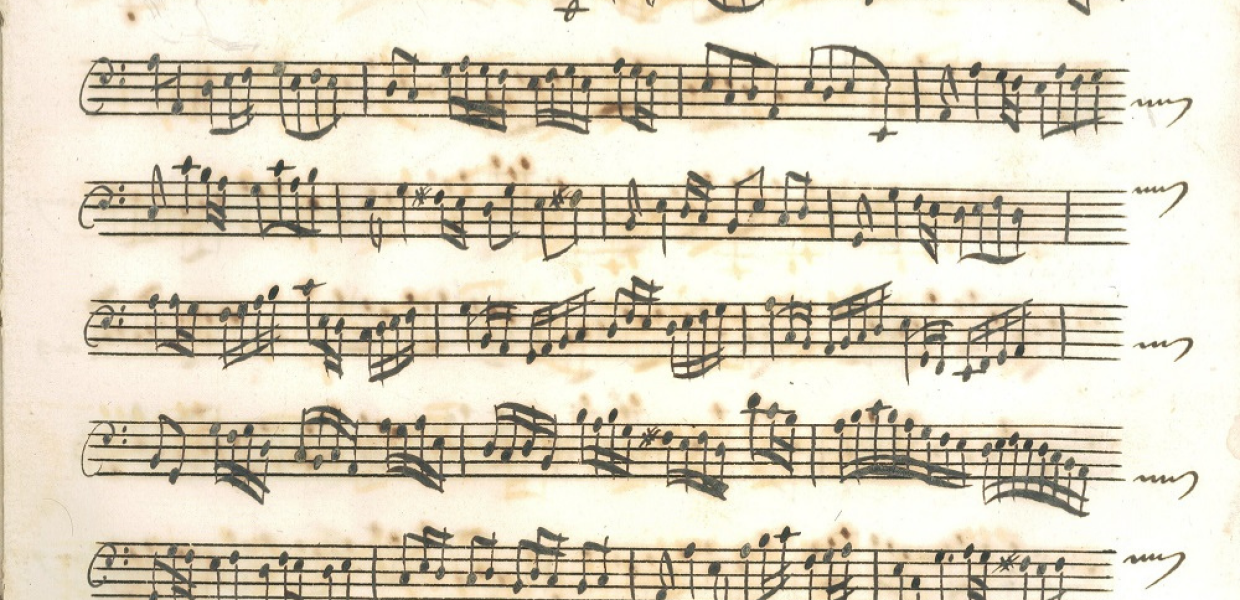The Biblioteca Estense Universitaria has recently launched a new digital platform which brings the institution’s rich and varied collections to the fingertips of students, teachers, scholars and whoever takes an interest in them. The platform, called the Estense Digital Library (EDL for short), contains the library’s entire collection of maps and musical documents, as well as the archives of Ludovico Antonio Muratori (1672 - 1750), an eminent Italian scholar who was archivist and librarian at the Estense Court in the first half of the 18th century. In total, about 8,453 documents are now available on EDL, and we plan to add a thousand more in the coming year. Users will be able to leaf through these precious and fragile documents through 750,000 high-resolution images.
Bringing together records in an interoperable platform
The platform uses the International Image Interoperability Framework (IIIF), as a set of standards which allow users to annotate and share documents with each other, and more importantly, compare works published on other digital repositories using the same protocol. The growing number of libraries adhering to the IIIF consortium means that EDL benefits from an ever-expanding universe of digital resources. Currently, EDL allows users to browse through not only the Biblioteca Estense’s own resources but also those of other libraries that use the same protocol, and so EDL allows access to over one million historical documents related to the Estense collection. This trove of information is gathered together by MediaLibraryOnline (MLOL), a platform utilized by 6,500 Italian libraries which manages the front end of the EDL portal.
One of EDL’s greatest accomplishments has been to bring together the records from different historical inventories and library catalogues into an online, unified register. Up until now, patrons of the library had to rely on a wide array of different sources to search through the collections, most of which were not available online. That was true also for the collections of maps, musical documents and the archives of Ludovico Antonio Muratori. Data about these holdings comes from over eleven different sources. In this respect, EDL is not the end of a cataloguing project but stands as a starting point for the reassessment and investigation of the Estense collections. By publishing what we know about our documents, we want to bring attention to them, especially the lesser-known and studied holdings.



